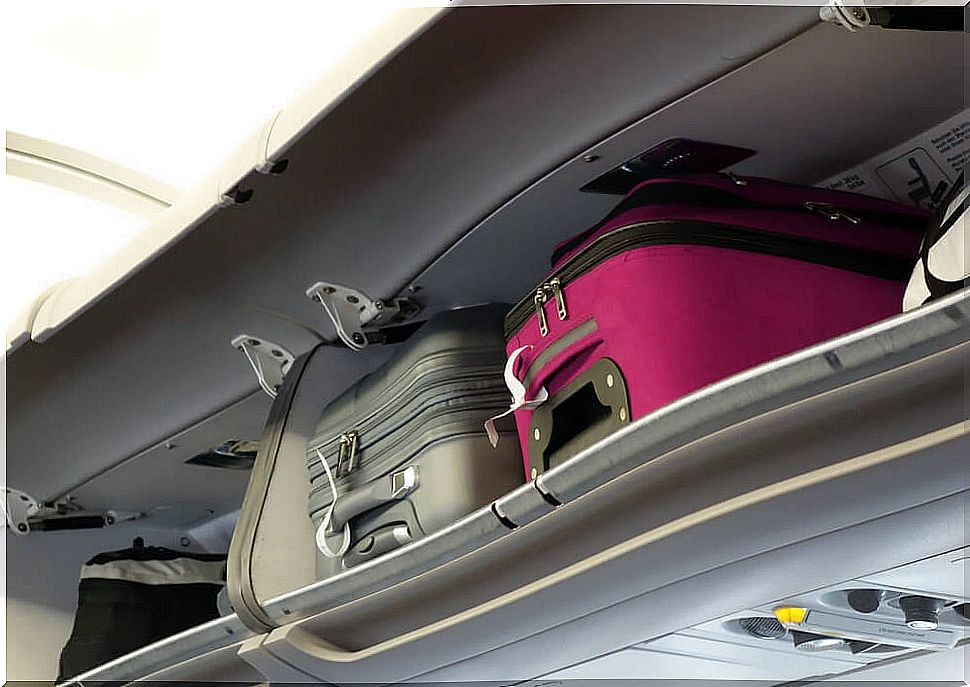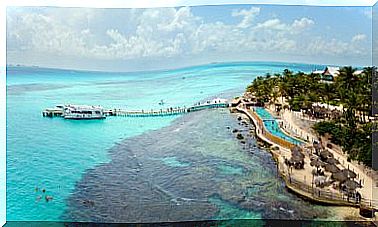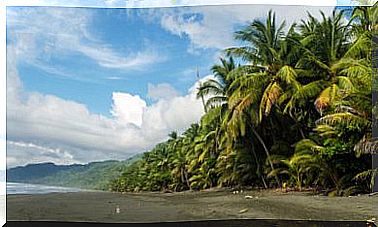The ABC Of Electrical Connections During A Trip
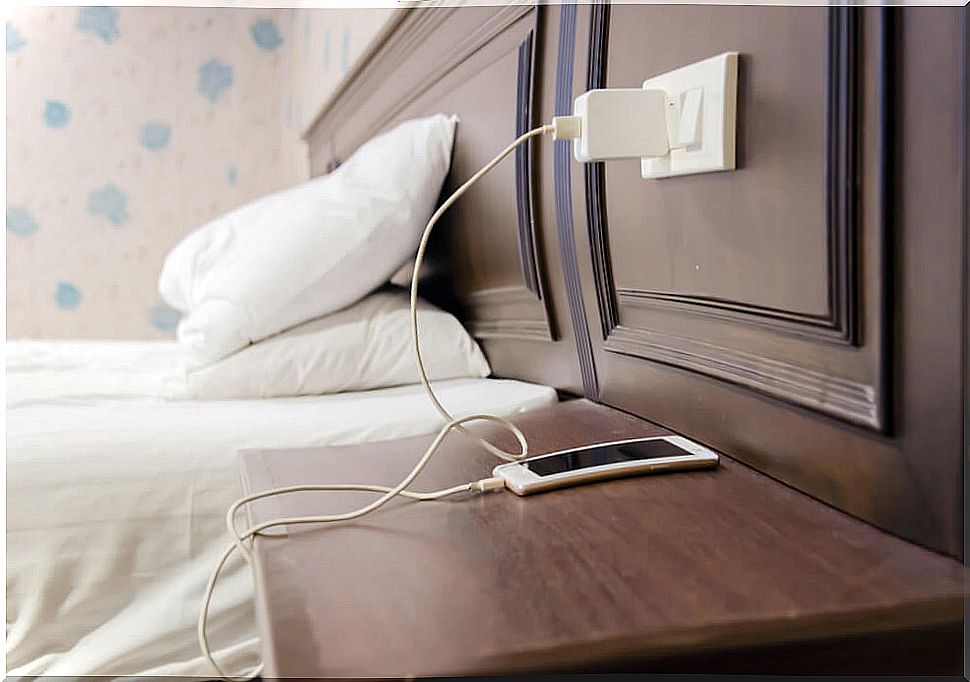
The subject of electrical connections is a matter that must be thought about and addressed before a trip. It basically has to do with keeping your mobile phone, tablet, camera or laptop operational while you are away.
If you carry any of these electronic devices, it is essential to have the possibility of recharging them properly. This is the only way to keep them running constantly, and the electrical connections are what allow it.
Likewise, you may carry some electrical appliances such as tweezers or dryers, electric razors, electric toothbrushes or similar items. These also require electrical connections in order for them to function.
What is there to know about it? Basically, it is important that you familiarize yourself with the different types of plug depending on the country, with the voltages that you are going to find and with the accessories that you must carry to keep your devices functional. We will talk about all this in a moment.
The different voltages in the world
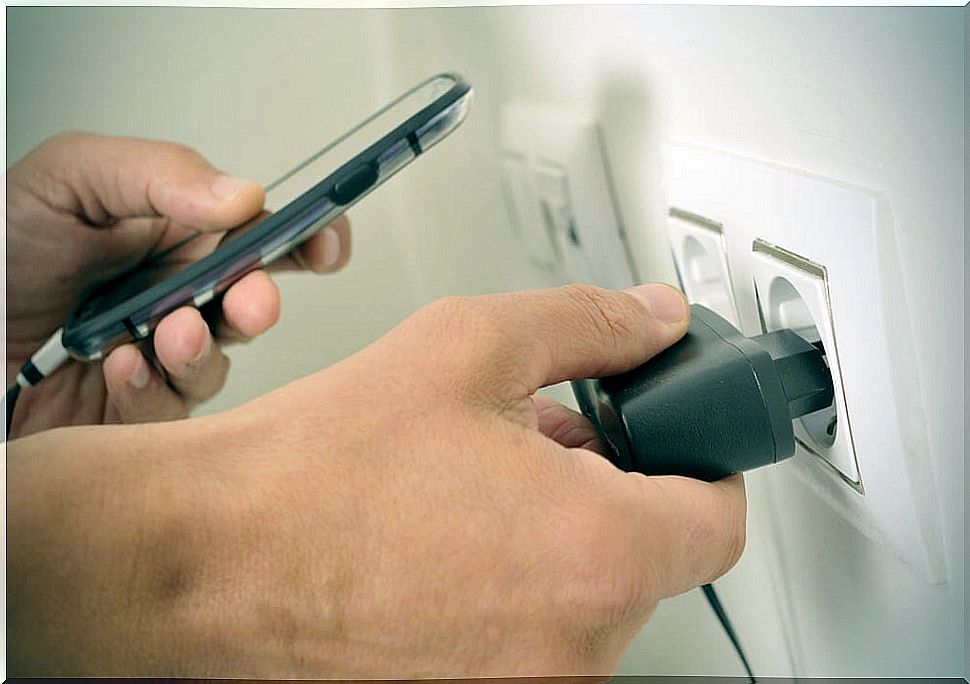
The electrical voltage is not the same all over the world. Generally speaking, in the Americas and Japan a voltage between 100 and 120 volts is used. In contrast, in Europe and most of the other countries a voltage of 220 to 240 volts is used.
When you go to a different country, you may need a voltage converter or transformer, although not in all cases. How do you know if you need it? What you should do is look on the label of the device to find out what input voltage (V) it requires to work.
Said input voltage (V) can be single, double or multiple. If it is unique, yes or yes you will need a voltage converter or transformer. Otherwise, you run the risk of the appliance breaking down. If it is double or multiple, you do not require something additional.
Most older gadgets and gadgets like hair dryers or clips have single input voltage. Electric razors and brushes typically have double input voltage. In turn, virtually all electronic devices such as laptops, electronic cameras, and mobile phones have multiple input voltage.
Plugs, key in electrical connections
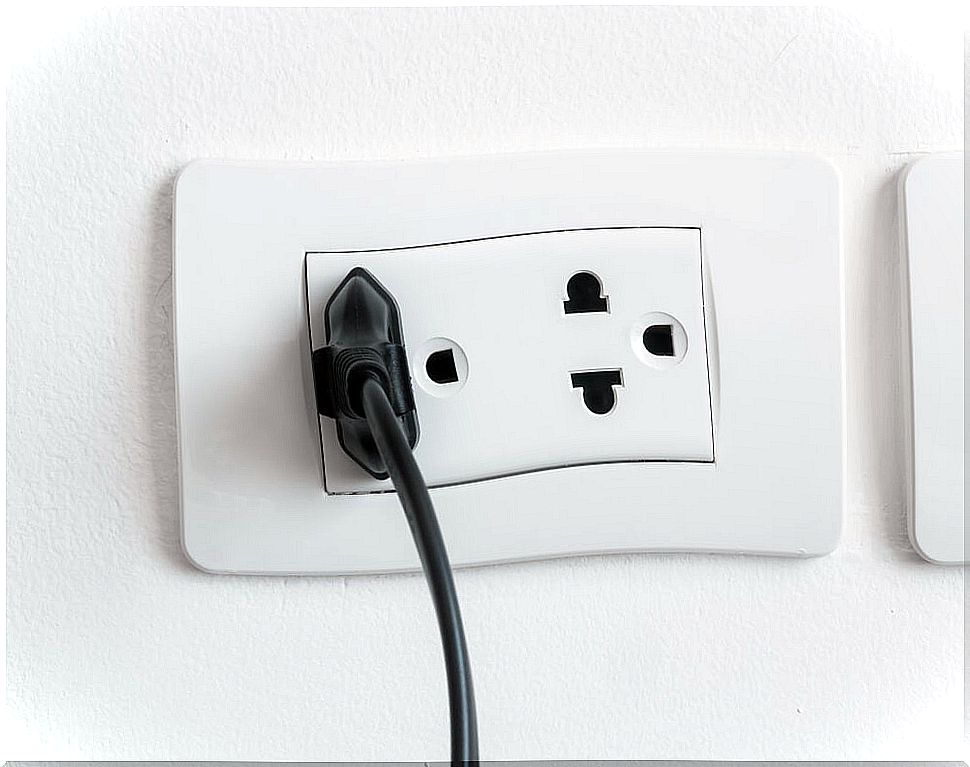
When it comes to plugs, there is no universal standard either. Plugs and sockets vary, sometimes greatly, from country to country. Currently, there are about 14 different types of plug. Each one is identified with a letter. Let’s see:
- Type A. It has flat and parallel teeth. It is used in North and Central America, Colombia, Venezuela, Ecuador, some areas of Paraguay and in Japan.
- Type B. It has two flat teeth and a hole that is a ground. It is basically used in the same type A countries.
- Type C. It is with two wires and the plug pins have two round prongs, without earth connection. It is used throughout Europe, with the exception of the United Kingdom, Ireland, Cyprus and Malta.
- Type D. It has three cylindrical legs, arranged in a triangle. It is used in India, Sri Lanka, Nepal and Namibia.
- E type. This plug has two cylindrical prongs and a hole in the top. It is used mainly in France, Belgium, Poland, Slovakia, the Czech Republic, Tunisia and Morocco, among others.
- Type F. It has two cylindrical pins and two flat contacts: one on the top and one on the bottom. It is used in Germany, Austria, the Netherlands, Sweden, Norway, Finland, Portugal, Spain and Eastern Europe, among others.
- G type. It has three rectangular pins, arranged in the shape of a triangle. It is used in the United Kingdom, Ireland, Cyprus, Malta, Malaysia, Singapore and Hong Kong and others.
- Type H. It has three legs arranged in a triangle and the pegs can be flat and thick, or cylindrical. It is used almost exclusively in Israel, the West Bank and the Gaza Strip.
- I type. It has two flat V-shaped legs and a third at the bottom, between the previous two. It is used in Argentina, Australia, New Zealand and China.
- Type J. It also has three cylindrical legs arranged in a triangle, but the distances and dimensions are different from other similar plugs. It is used almost exclusively in Switzerland and Liechtenstein.
- K type. It has two cylindrical legs and a ground connection. As in other cases, it is similar to some plugs, but with different dimensions. It is used in Denmark and Greenland.
- Type L. It has four cylindrical legs arranged in a vertical line. It is used in Italy, Chile and North Africa.
- Type M. Again we find a plug with three cylindrical triangle pins, but with dimensions that make it different from other similar ones. It is used in South Africa, Swaziland and Lesotho.
- Type N. Another plug case with three cylindrical triangle pins, which is practically exclusive to Brazil.
Final recommendations on electrical connections
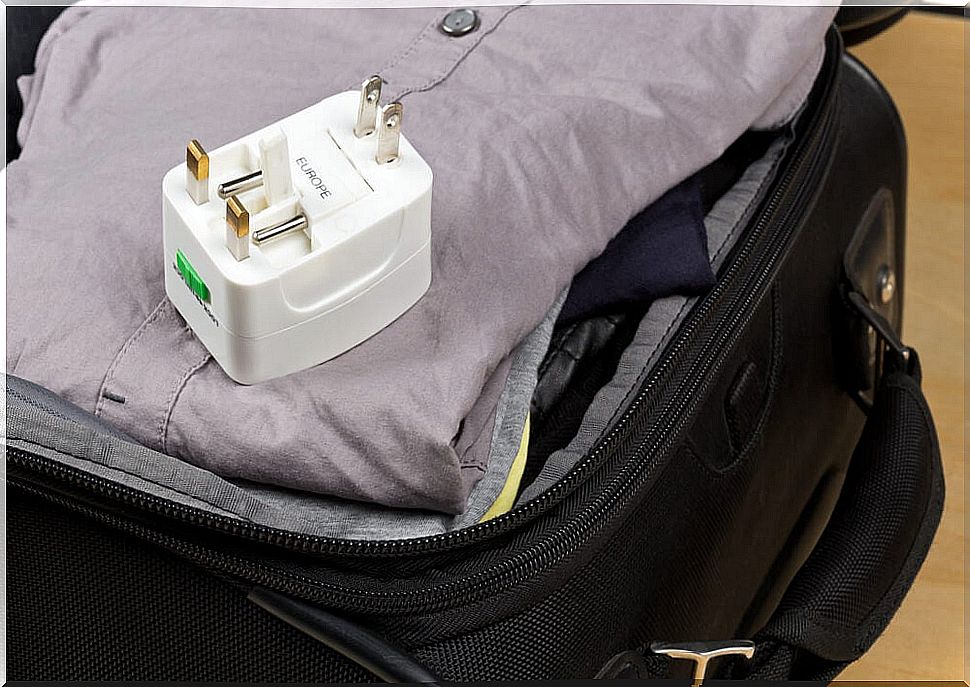
For all the above, it is best to buy a universal plug adapter. As its name suggests, it allows you to connect all kinds of plugs with all kinds of sockets. It is one of the accessories that guarantees you to have electrical connections anywhere.
Do not forget to bring an L MicroUSB cable to charge your mobile in the USB connections that are on airplanes, on some buses and in different places. Likewise, an external battery never hurts when you go on a trip.
